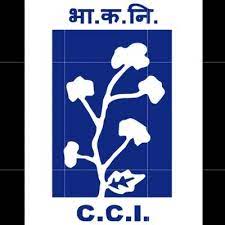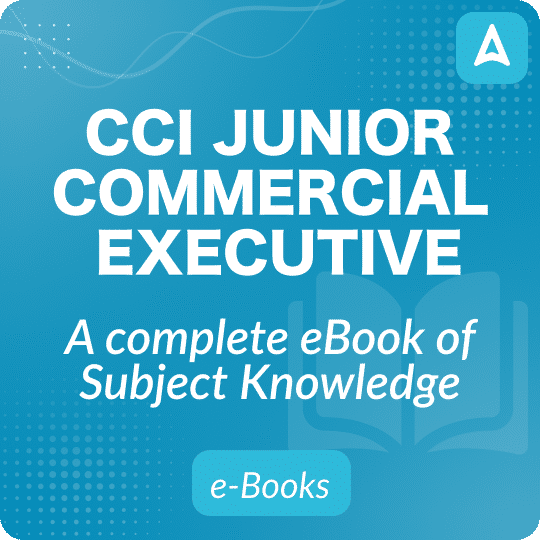CCI - Cotton Corporation of India Junior Commercial executive A complete eBook of Subject Knowledge by Adda247
- Never Compromise On Quality With Adda's Preparation MaterialBest In Class Material
- Preparation Material Based On The Latest Exam Pattern Every YearLatest Pattern
- Learn Anytime, Anywhere, And At Your Own Pace With Adda's E-booksSelf Paced Learning
- Learn Across Devices, Compatible With Mobile, Tabs, And DesktopsDevice Compatibility
- Concept with Detailed Approach & Examples
- Exercise based on Latest Pattern
- English Medium
 Cotton Corporation India CCI
Cotton Corporation India CCI
This Course Includes
13 E-Books
Overview
Adda247 brings the best solution for every CCI Junior Commercial executive Aspirant!! Now you can study Subject Knowledge ( Agriculture) for CCI Junior Commercial executive 2023 .
A complete E-Book which includes Agricultural marketing, Trade & Practices ,Farm Power and Machinery ,Agricultural Entomology, Crop Pest and their Management ,Agricultural Microbiology ,Soil Microbiology ,Principles of Agricultural Agronomy, Field crops, Weed Management ,Organic Farming, Dimension of Agricultural Farming, Cotton procurement, cotton area, production, yield and cotton scenario both domestic and international cotton.
Index
Brief Index of Subject Knowledge for CCI Junior Commercial executive 2023:
CCI JUNIOR COMMERCIAL EXECUTIVE 2023
CHAPTER 1: FARM POWER AND MACHINERY
1.1 Farm Machinery and Energy in Agriculture (Farm Power and Equipment Engineering)
|
CHAPTER 2: AGRICULTURAL ENTOMOLOGY
2.1 Introduction and History of Entomology in India |
CHAPTER 3: CROP PEST & THEIR MANAGEMENT
3.1 Pests of Cereals and their Management |
CHAPTER 4: AGRICULTURAL MICROBIOLOGY
4.1 History of Microbiology |
CHAPTER 5: SOIL MICROBIOLOGY
5.1 Microbial Groups in Soil |
CHAPTER 6: AGRICULTURAL MARKETING, TRADES & PRACTICES 6.1 Introduction |
CHAPTER 7: PRINCIPLES OF AGRICULTURAL AGRONOMY 7.1 Introduction
|
CHAPTER 8: FIELD CROPS
8.1 Package and Practice of Cereal Crops |
CHAPTER 9: WEED MANAGEMENT
9.1 Introduction |
CHAPTER 10: ORGANIC FARMING
10.1 Concept of organic farming-Terminologies, objectives and scope of Organic farming in India. |
CHAPTER 11: DIMENSIONS OF AGRICULTURAL FARMING
|
CHAPTER 12: COTTON PROCUREMENT, COTTON AREA, PRODUCTION YIELD, AND COTTON SCENARIO (DOMESTIC)
|
CHAPTER 13: COTTON PROCUREMENT, COTTON AREA, PRODUCTION YIELD, AND COTTON SCENARIO (INTERNATIONAL)
|
Note
All Content is Available.




 13
13




